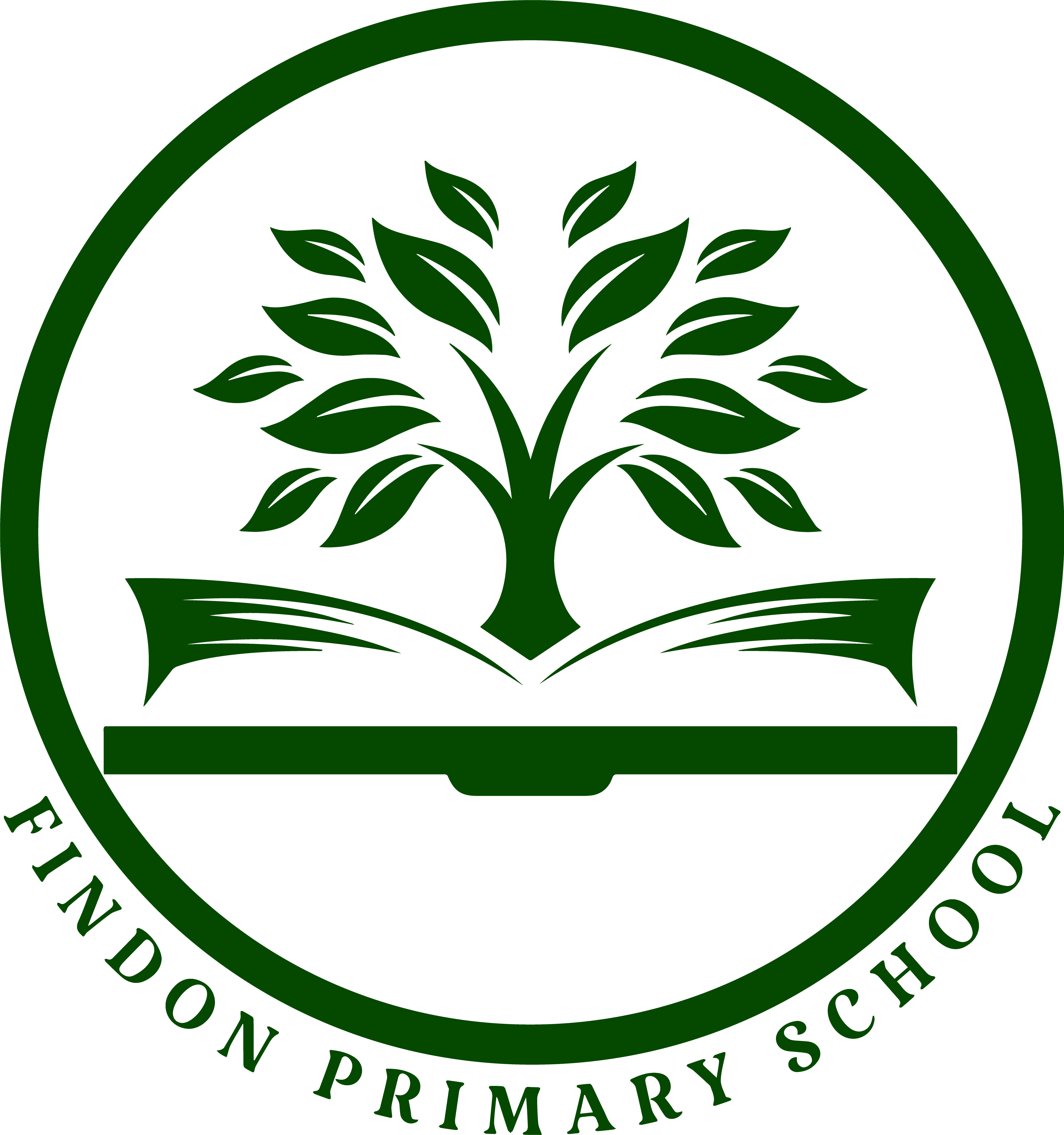At Findon Primary School, the teaching and learning of English is a priority, with the aim of creating confident communicators, creative thinkers and capable citizens who can both read and write with confidence. At Findon Primary School, we are committed to developing strong literacy skills in all our students. We understand that learning to read and write is not a natural process and that students require explicit, systematic instructions with multiple opportunities for both independent and guided practise. Findon students engage with explicit daily instruction of the ‘Big 6’ of Reading including: Oral Language, Phonemic Awareness Phonics, Vocabulary, Fluency and Comprehension.
Our F-2 students receive daily phonics instruction through implementation of the research and evidence based UFLI Foundation phonics program. Out students are given daily opportunities to develop their reading skills through guided and independent practise including a range of high-quality decodable texts. Vocabulary and comprehension are explicitly taught to all students through the use of rich fiction and non-fiction mentor texts. These high-quality texts are used to build student vocabulary, background knowledge and further develop their understandings of text features and text structures. Our Year 3-6 students, participate in daily morphology lessons that supports both reading and spelling.
All Findon Primary School students receive explicit Writing instruction in punctuation handwriting, spelling and phonological awareness. As students move throughout the school their writing is extended through explicit and systematic teaching of the Writing Traits: Word Choice, Organisation, Voice, Sentence Fluency, Conventions, Ideas and Presentation.
In addition to strong Tier 1 classroom instruction, we provide targeted Tier 2 and Tier 3 reading and writing intervention for students who require additional support with their learning. Through this program, identified students are withdrawn from regular classroom teaching and learning, and receive targeted instruction at their point of need to address areas that need further work. This involves small group work with students at a similar stage in their learning.
We also offer extension for students who are identified as requiring continuation of learning beyond regular classroom teaching and learning. This program involves the withdrawal of identified students to extend their learning at their point of need, in a small group environment.
For students who are learning English as an addition language (EAL), additional support through a withdrawal program is provided. Our EAL program supports students in their learning against the Victorian EAL curriculum. Through additional EAL support, students build their capacity to communicate confidently and effectively. This learning also strengthens their understanding of the nature of language and culture, and the way that language changes according to purpose, form and audience. Their involvement in the program supports students in their speaking and listening development through oral language activities, as well as strengthening their understanding when reading and writing. For students who are identified as Koorie, we offer additional support through a dedicated 1:1 and small group program. Through this, individualised goals are set and student progress is worked towards using an ongoing and systematic approach, to ensure students achieve their personal best.
